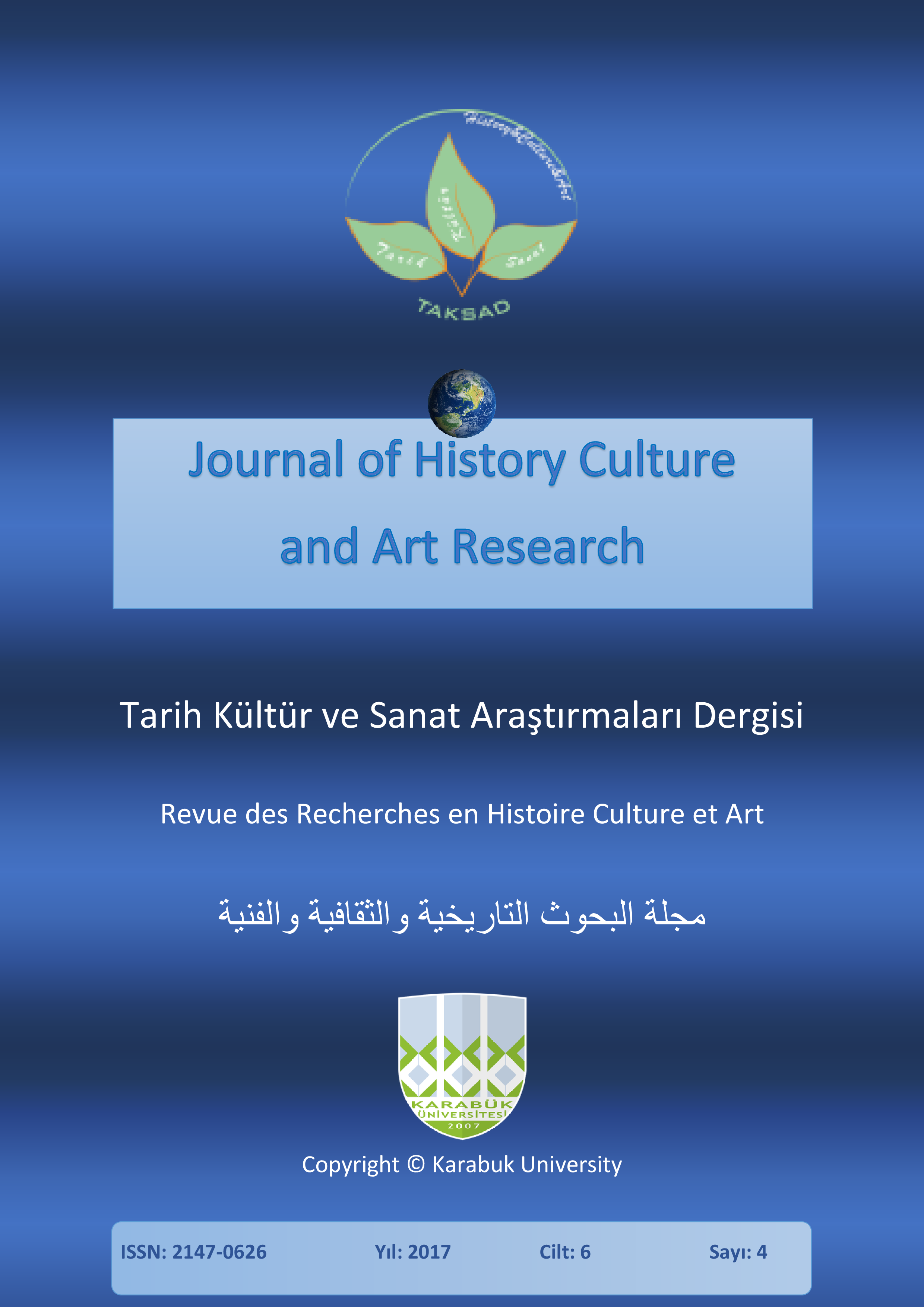Investigating the Relationship between Symptoms of Histrionic Personality Disorder and Experiences of Child Abuse among Students of Tabriz Islamic Azad University
DOI:
https://doi.org/10.7596/taksad.v6i4.1123Keywords:
Histrionic personality disorder in adulthood, Child abuse, Physical child abuse, Emotional child abuse, Ignorance child abuse.Abstract
The present study attempts to investigate the relationship between symptoms of histrionic personality disorder and experiences of child abuse among students of Tabriz Islamic Azad University in 2013-2014. The general aim of this study is to predict histrionic personality disorder in adulthood based on child abuse experiences during childhood. The population of this study include 19599 people among whom 377 were selected through simple random sampling. The instrument of this study includes Millon-3 CASRS questionnaire and child abuse questionnaire. The data was analyzed by Pearson correlation coefficient and multiple regression. The obtained results revealed that there is significant relationship between histrionic personality disorder (independent variable) and dimensions of child abuse (dependent variable) that includes emotional, neglect, physical, and sexual child abuse. Considering different dimensions of child abuse, neglect of child and sexual child abuse have the most and the least contribution in predicting symptoms of histrionic personality disorder in adulthood. In addition, the results showed that all four dimensions of child abuse can predict symptoms of histrionic personality disorder in adulthood, but ignorance or neglecting child has the most effect and sexual dimension has the least effect in the prediction.
References
Alexander, R. C.; Levitt, C. J. & Smith, W. L. (2001). Child abuse: medical diagnosis and management. Philadelphia: Lippincott, Williams & Wilkins.
Azazi, S. H. (2001). Sociology of the family. Publications intellectuals and language studies.
Burnet, W. (2000). Child abuse and neglect. In Sadock, B. & Sadock, V. Comprehensive text book of psychiatry (7th ed.). Newyork: Williams Co.
Draper, B.; Pfaff, J. J.; Pirkis, J.; Snowdon, J.; Lautenschlager, N. T.; Wilson, I. & Almeida, O. P. (2007). Long Term effects of Childhood abuse on the quality of life and health of older people: results from the depression and early prevention of suicide in general practice project. Journal of the American Geriatrics Society, 56(2), 262-271.
Harter, S. & Taylor, T. (2005). Parental alcoholism. Child abuse and adult adjustment. Journal of substance abuse, 11(7), 31-44.
Hazard, N. D. (1988). Child abuse and neglect. In Beck, K.B.; Rawlhns, S. R.; Williams, S. Mental Health psychiatric Nursing (2nd ed.). Missouri: Mosby Co.
Horvitz, A. (2001). The impact of childhood abuse and neglect on adult mental health: a prospective stay. Journal of society behavior, 42(2), 184-201.
Kaufman, J. & Zigler, E. (1998). Do abused children become abusive parents? American Journal of Orthopsychiatry, 57(2), 186-192.
Kendall Tacket, K. (2002). The health effects of childhood abuse: four pathways by with abuse can influence health. Child abuse & neglect, 26(6-7), 715-729.
Lewis, D. O.; Yeager, C. A.; Swica, Y.; Pincus, J. H. & Lewis, M. (1997). Objective Documentation of child Abuse and Dissociation in 12 Murderers with Dissociative Identity Disorder. The American Journal of Psychiatry, 154(12), 1703-1710.
Marvasti, J. A. (2000). Child suffering in the world: child maltreatment by parents, culture and governments in different countries and cultures. Manchester: Sexual Trauma center Publication.
Mash, E. J. & Wolfe, D. A. (1999). Abnormal child psychology. New York: Thomson publishing company.
McCauley, J.; Kern, D. E.; Kolodner, K.; Dill, L.; Schroeder, A. F.; DeChant, H. K.; Ryden, J.; Derogatis, L. R. & Bass, E. B. (1997). Clinical characteristic of women with a history childhood abuse: unhealed wounds. The journal of the American medical association, 277(17), 1362-1368.
McMillan, H. & Munch, L. (2001). The sequel of child maltreatment. Current opinion in psychiatry, 14, 325-31.
Mills, L. G.; Friend, C.; Conroy, K.; Fleck-Henderson, A.; Krug, S.; Magen, R. H.; Thomas, R. L. & Trudeau, J. H. (2000). Child protection and domestic violence: training, practice, and policy issues. Children and youth services review, 22(5), 315-332.
Moharrami, S. (2011). Examine the relationship between child abuse and attachment styles with symptoms personality group B disorders among university students. Thesis of Psychology, Islamic Azad University of Ardabil.
Naghavi, A. (2005). The phenomenon of child abuse and emotional and personality effects on girl teenagers. Publication Psychology and Educational Sciences, 35(2), 187-221.
Naghavi, A. (2008). Child Abuse: Causes effects of treatment. Tehran: Danzh.
Peterson, L. (1998). Child abuse, physical. Gale encyclopedia of childhood and adolescent.
Seifi, A. (2010). Study the relationship between a history of child abuse and mental health of adults. Master thesis of Psychology, University of Ardabil.
Sotoudeh, H. A. (2001). Social pathology. Besat Publication.
Tyrka, A. R.; Wyche, M. C.; Kelly, M. M.; Price, L. H. & Carpenter, L. L. (2009). Childhood maltreatment and adult personality disorder symptoms: Influence of maltreatment type. Psychiatry Research, 165(3), 281-287.
Visa, A. (2008). Child abuse in high school students based on gender, level of education and experience of divorce in the family. Journal of Family Studies, 14, 145-165.
Downloads
Published
How to Cite
Issue
Section
License
All papers licensed under Creative Commons 4.0 CC-BY.- Share — copy and redistribute the material in any medium or format
- Adapt — remix, transform, and build upon the material for any purpose, even commercially.
Under the following terms:
Attribution — You must give appropriate credit, provide a link to the license, and indicate if changes were made. You may do so in any reasonable manner, but not in any way that suggests the licensor endorses you or your use.
- No additional restrictions — You may not apply legal terms or technological measures that legally restrict others from doing anything the license permits.







